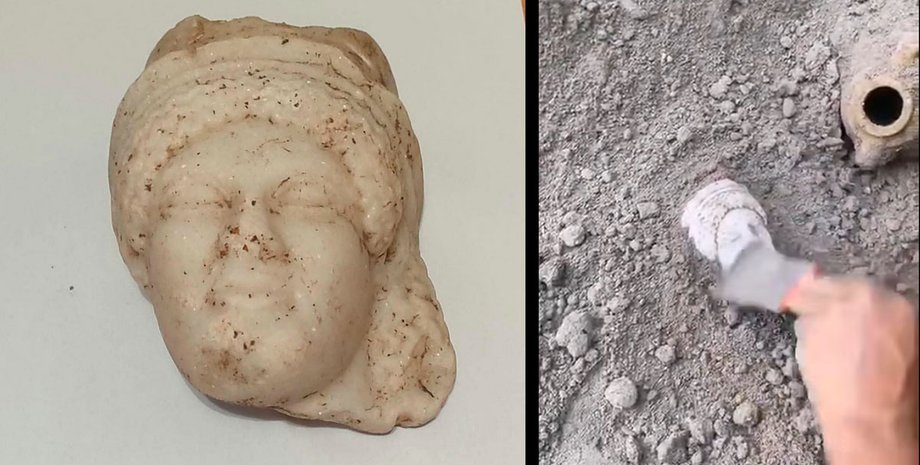
 By Victor Duda
By Victor Duda
Subscribe so you don't miss the latest and most exciting news from the world of science! According to Professor Imed Ben Jerbania, the mask's detailed craftsmanship and stylistic precision make it "one of the rarest examples of Punic portraiture ever discovered. " Carved from a single mass of white marble, the face has a calm expression, framed by intricate braids and curls typical of Phoenician aesthetics.
Experts believe that it once served as an equot, a votive offering dedicated to Tanit and Baal-Hammon, and was probably displayed in a sanctuary or altar. Laboratory tests will determine the origin of the marble and analyze the traces of pigment still visible on the surface. Preliminary findings suggest that it comes from a quarry in the Eastern Mediterranean, confirming the existence of strong trade links between Carthage and Phoenician cities such as Tire and Sidon.
The mask was discovered in the Tophet of Carthage, a sacred site that functioned between the 8th and 2nd centuries BC. e. Thousands of urns, stelae and inscriptions discovered at the site testify to elaborate rituals dedicated to Tanit, associated with fertility and the moon, and Baal Hammon, associated with the sky and agricultural abundance.
The high quality of the marble mask indicates that it was probably commissioned by an elite family as part of a religious ceremony to receive divine favor or express gratitude. In Punic beliefs, Tanit was revered as a maternal protector and the "face of Baal", which symbolized fertility and life. Baal Hammon, her companion, personified renewal and solar power. Together they symbolized balance in the natural order, a concept deeply rooted in Carthaginian religion.
The marble mask, with its calm expression and stylized features, may represent a priestess or religious woman who embodies these divine principles. Its stylistic similarity to East Phoenician art indicates a deliberate adaptation of Levantine religious images to local Punic contexts. Excavations at Tophet yielded other significant finds, including Punic inscriptions in 2014 and nine gold coins in 2023, reflecting the wealth and religious sophistication of Carthaginian society.
The Ministry of Culture described the mask as "material evidence of the creativity and spiritual depth of Punic Carthage. " After restoration, the artifact will be displayed in the Carthage Museum, which is expected to attract international scientific interest and tourism. In addition to its artistic beauty, the marble mask demonstrates Carthage's historical role as a cultural crossroads connecting Africa, Europe and the Middle East.
As Professor Ben Djerbania noted, "each find from Tophet brings us closer to understanding how the Carthaginians saw themselves—pious, sophisticated, and deeply connected to their gods. " Previously, Focus wrote about the restoration of the excavations of the ancient city of Ugarit in Syria. After a 14-year hiatus, scientists are back to explore the birthplace of the world's first alphabet. We also talked about research into the ancient DNA of Argentines.










All rights reserved IN-Ukraine.info - 2022